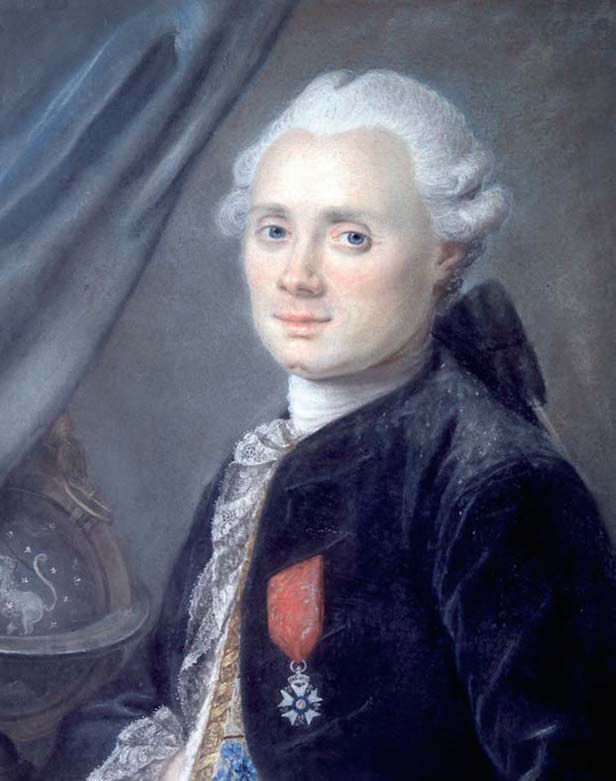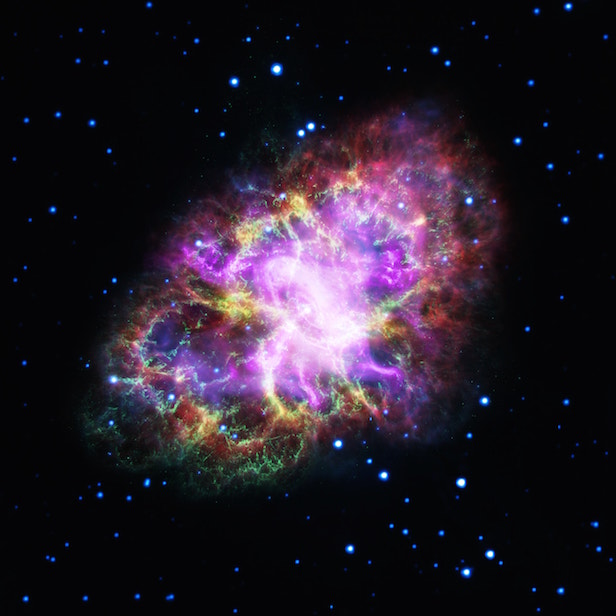Heroes of Space: Charles Messier
The pioneer of the sky created the catalogue of deep sky objects.

Charles Messier, died 86, made original deep sky object catalogue.
Charles Messier was born on 26 June 1730 in Badonviller, Lorraine, France. Having been the tenth out of twelve children it was a hectic household, sadly the passing of his 6 younger siblings followed, and then his father passed in 1741. Fortunately, Charles’ older brother, Hyacinthe, took the role of ‘man of the house’ and he took Charles out of school to focus on his education and for 8 years they improved Charles’ administrative and methodical skills.
In 1751, Messier received his first job being an aid to Joseph Nicolas Delisle, astronomer of the French Navy, where his task was to keep careful records of any observations Delisle made whilst observing the night sky. Delisle took Messier under his wing, teaching him the importance of accurate measurements and showed him the ways of the astronomer, this became vital to his future accomplishments. In fact, Messier’s first documented observation came on 6 May 1753, when he observed the Mercury transit across the Sun. Shortly after, in 1754; Messier was employed as a Depot Clerk of the Navy, where he continued to impress.
Messier thought of himself more as a ‘comet hunter’ rather then the deep sky object discoverer. The reason behind that was because in 1757, Messier began looking for Halley’s comet and he thought he had calculated the path of the comet. One night he attempted to observe the comet at a particular position, however his calculations were wrong and continuously led him to look in the wrong places. This arguably fueled Messier’s determination to become a life long comet hunter, eventually discovering 13 comets. When you realise the limitations of the telescopes at that time, it was an incredibly impressive accomplishment. When he wasn’t using Delisle’s observatory, Messier married a young lady called Marie-Francoise de Vermauchampt in 1770 and they both eventually moved into Delisle’s former apartment, Hôtel de Clugny, where the observatory is situated.
On 28 August 1758, he had jotted down in his notes he had found a comet-like object in the constellation of Taurus. After further observation, he realised this comet wasn’t actually moving, so this must have been something completely different. As a matter of fact, this was the Crab Nebula (M1), and we now know it is actually a supernova remnant and this started the world famous ‘Messier Catalogue’.

The Crab Nebula (M1) is the first object observed by Charles Messier. Image credit: NASA, ESA, NRAO/AUI/NSF and G. Dubner (University of Buenos Aires)
Charles Messier went on to publish his final issue of Connoissance des Temps in 1784 that included 103 deep sky objects. These objects involved plenty of galaxies, open star clusters, globular star clusters, supernova remnants, nebulas and planetary nebulas. For example there is M31, the Andromeda Galaxy, the galaxy closest to ours and is a visual joy to behold, and M42, the famous Orion Nebula, which can be spotted with a simple telescope in the constellation of Orion.
Madame Messier and their son had already passed away in 1772 after childbirth. Charles himself passed away on 12 April 1815 in Paris after suffering a stroke, he was later buried in the cemetery Père Lachaise in Paris.
Still his legacy lives on, as astronomers later included 7 more objects, as Messier had noted them but had not included them due to uncertainty. Nonetheless with 110 beautiful objects to image throughout the space of a night, the Messier catalogue is the fundamental catalogue for such phenomenon. If you fancy an astronomy challenge, you can always partake in the ‘Messier Marathon’ by taking your telescope out on a cold winters night, observe all 110 objects, and see what Charles Messier saw roughly 200 years ago.
Keep up to date with the latest news in All About Space – available every month for just £4.99. Alternatively you can subscribe here for a fraction of the price!




